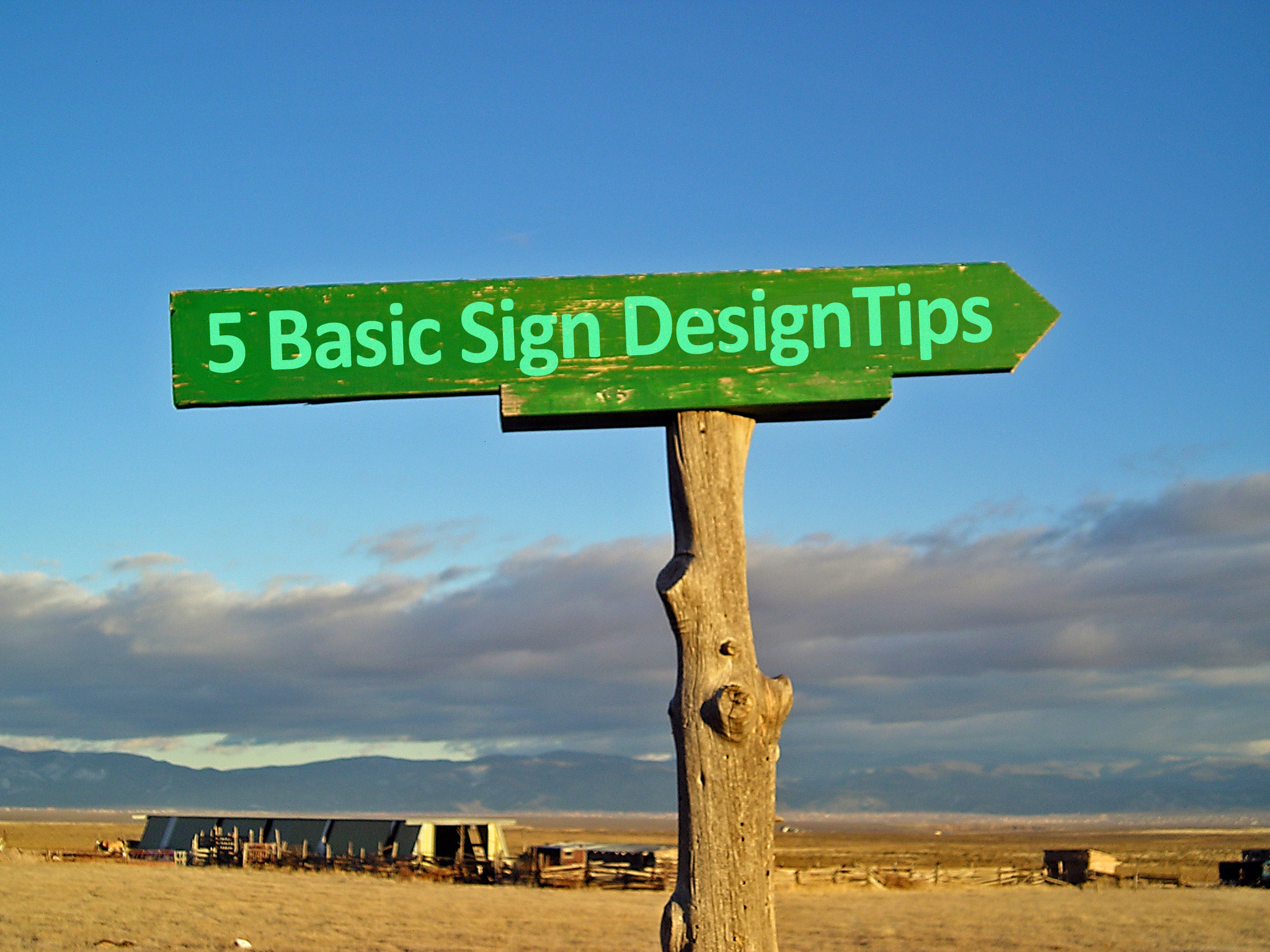Designing signage can be a tricky business. Designers have to think strategically about the best materials, manufacturing methods, colours, and fonts to create engaging, informative signage. With the right tips and strategies, designers can create eye-catching signage that is both attractive and effective.
Choosing the Right Material
Signage manufacturers and designers have a variety of options for materials to choose from.
- Plastic signs Perth is popular due to their durability and low cost.
- Wood signage is another great choice for custom signage, as it is attractive and long-lasting.
- Metal is also a popular option for signage, as it is strong and can be shaped into almost any design.
- Foam is a slightly less common material, but it can be used to create eye-catching signs and banners.
Selecting the Best Signage Manufacturing Method
Once the right material is chosen, designers must then consider the best signage manufacturing method.
- Cutting also allows for intricate designs but is best for simpler scripts.
- Glass engraving Perth is a great option for signage, as it allows for detailed, intricate designs and logos.
- Etching is great for producing signs with wonderful details and intricate patterns.
- CNC routing is a specialised form of cutting used for creating three-dimensional signage.
Using the Right Colour Combination
In addition to choosing the right material and manufacturing method, designers must also select the best colours for their signage. Colour combinations are important in signage design, as the colour palette helps create an attractive and memorable visual.
When deciding on a colour scheme, designers may want to consider their target audience and the space’s overall aesthetic. For example, bold colours can often be used to create eye-catching designs, while softer colours may be better suited for more subtle signage.
Ensuring Legibility
The most important aspect of signage design is ensuring that it is legible. If the text is too small or illegible, the signage won’t be effective.
Designers should always consider the font size and the distance from which the sign is set to be viewed when selecting a font. For example, if the sign is viewed from a distance, larger font size may be needed.
Additionally, designers should consider how the font will look in different light settings, which can affect legibility.
Conclusion
Signage design is an important part of a successful business or organisation. By choosing the right material, manufacturing method, colour combination, and font size, designers can create eye-catching signage that is both effective and memorable. With the right approach and design tips, designers can create legible, attractive, and informative signs.
For your business’s signage, you can always count on Artcom Fabrication Design Group—a Western Australian company providing design solutions in signage, wide format printing, 3D printing, laser engraving, etching, cutting, and fabrication services.

